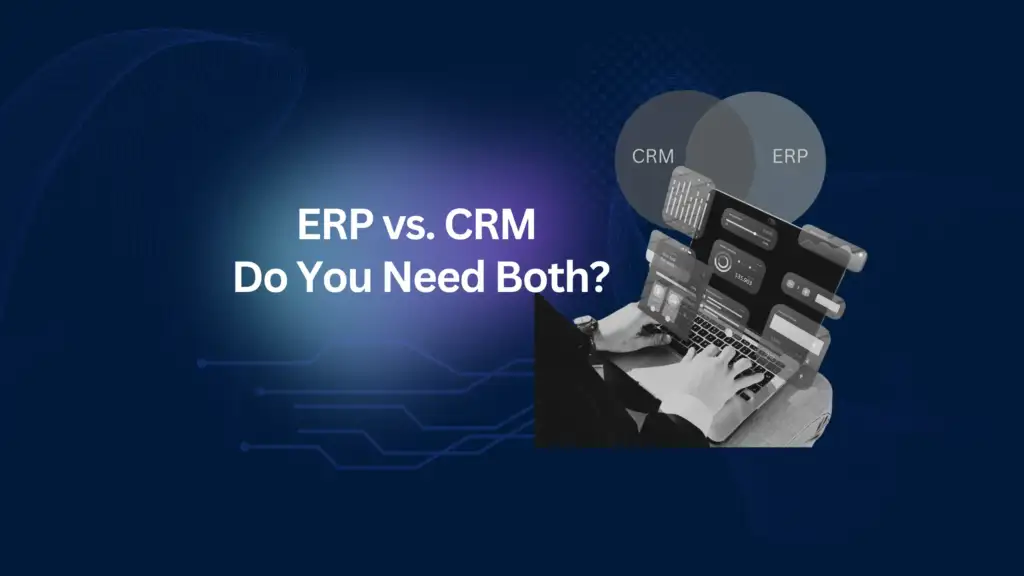What is D365 Business Central?
D365 Business Central is a cloud-based ERP system developed by Microsoft. It integrates various business functions such as finance, sales, supply chain, operations, and customer service into a single, unified platform. This system is designed to simplify and automate business processes, enabling organizations to operate more efficiently and make informed decisions.
To install this application, you can follow the step-by-step guide provided below:
Installing and testing WMS Express for Microsoft Dynamics 365 Business Central involves several steps. WMS Express is a free warehouse management system from Insight Works designed to streamline inventory and warehouse operations.
History and Evolution of D365 Business Central
Over the years, D365 Business Central has evolved from its earlier versions like Dynamics NAV and GP. Initially, these systems were designed for larger enterprises, but D365 has been tailored to meet the needs of smaller businesses as well. With its cloud capabilities and flexible deployment options, it has become a go-to solution for businesses looking to modernize their operations.
Introduction to Common Mistakes Made During D365 Business Central Implementation
The implementation of D365 Business Central is a significant undertaking for any organization. While the system offers immense potential to streamline business operations, its successful deployment hinges on careful planning and execution. Many organizations, however, make critical mistakes that can undermine the entire implementation process. In this article, we will examine ten common mistakes businesses make during the implementation of D365 Business Central and provide guidance on how to avoid them.
- Failure to Properly Analyze Business Requirements
One of the most common mistakes businesses make is failing to thoroughly assess their business needs before initiating the implementation of D365 Business Central. Without a deep understanding of your organization’s specific processes, it is easy to select the wrong modules or overlook necessary functionalities.
Solution:
A comprehensive assessment of business requirements should be the first step in any D365 Business Central implementation. Involve key stakeholders from various departments to ensure that all needs are identified and accurately reflected in the system configuration.
- Selecting an Inadequate Implementation Team
The success of your D365 Business Central implementation is highly dependent on the expertise of the team executing it. Selecting the wrong implementation team—whether internal or external—can lead to delays, budget overruns, and a failure to meet business objectives.
Solution:
Carefully vet the implementation team to ensure they have the necessary experience with both the platform and your industry. Ideally, the team should include a mix of technical experts and business process specialists who can bridge the gap between technology and operational needs.
- Underestimating the Complexity of Data Migration


Data migration is often one of the most challenging aspects of implementing D365 Business Central. Migrating large volumes of data from legacy systems can be complex and time-consuming, and many organizations underestimate the level of effort required.
Solution:
A well-structured data migration plan is essential. Ensure that data is cleaned, validated, and mapped properly before migration. Conduct multiple test migrations to identify potential issues early in the process and mitigate risks associated with data transfer.
- Lack of a Clear Customization Strategy
D365 Business Central offers a high degree of customization to meet the specific needs of businesses. However, without a clear strategy for customization, businesses risk overcomplicating the system or missing essential features that align with their goals.
Solution:
Define a clear customization strategy that aligns with your business objectives. Limit customizations to areas that truly need them and ensure that the system’s core functionality is not hindered by unnecessary changes.
- Insufficient User Training and Support
Even the most robust ERP system will fail to deliver value if users are not adequately trained. Insufficient training and lack of post-implementation support can lead to underutilization of the system, errors, and frustration among employees.
Solution:
Invest in comprehensive, role-based training for all users prior to go-live. Additionally, provide ongoing support to address challenges and ensure smooth system adoption. Create user manuals, video tutorials, and a helpdesk to assist employees during the transition period.
- Misalignment Between D365 Features and Business Goals
Failing to align D365 Business Central’s features with your organization’s specific goals can lead to inefficiency and missed opportunities. Misalignment may result in the system not delivering the desired outcomes, rendering the investment less impactful.
Solution:
During the planning phase, clearly define your business goals and objectives. Work closely with your implementation partner to ensure that D365’s features are configured to support these goals effectively.
- Neglecting Post-Implementation Support
Once D365 Business Central is live, the work doesn’t stop. Many organizations fail to plan for post-implementation support, leaving the system vulnerable to issues that can arise after deployment.
Solution:
Develop a post-implementation support plan that includes ongoing system monitoring, troubleshooting, and regular system updates. A dedicated support team should be available to address any issues and ensure the system operates smoothly after go-live.
8. Inadequate System Testing Before Go-Live


Skipping thorough testing or rushing through the testing phase can result in critical errors once the system is live. Many businesses underestimate the importance of testing the system in real-world scenarios before the official go-live date.
Solution:
Perform comprehensive system testing that includes functional testing, integration testing, and user acceptance testing (UAT). Testing should be done in multiple stages to ensure the system is fully operational and aligned with user expectations.
- Over-Customizing the System
While D365 Business Central offers flexibility, excessive customization can complicate the system and increase the time required for future upgrades and maintenance. Over-customization can also lead to an overly complex user interface, reducing the system’s overall usability.
Solution:
Strike a balance between customization and utilizing standard functionalities. Customizations should be made only when necessary, and the system should remain as simple as possible to ensure long-term flexibility and ease of maintenance.
- Ignoring Long-Term Maintenance Needs
Many organizations focus solely on the initial implementation and fail to plan for the long-term maintenance and evolution of D365 Business Central. Over time, the system will need updates, enhancements, and adjustments to keep pace with changing business needs.
Solution:
Establish a long-term maintenance strategy that includes regular system audits, updates, and training. Consider the future scalability of the system and plan accordingly to ensure it continues to support your business objectives over time.
Conclusion
Implementing D365 Business Central is a critical process that requires careful planning and strategic execution. By avoiding these ten common mistakes, organizations can ensure a smooth implementation and fully leverage the capabilities of the system. Proper analysis, expert guidance, user training, and ongoing support will help businesses maximize the value of D365 Business Central and drive operational efficiency in the long term.
FAQs
- What are the primary mistakes businesses make when implementing D365 Business Central?
Common mistakes include failing to analyze business requirements, underestimating data migration challenges, and inadequate user training. - How can I ensure that my implementation team is adequately prepared?
Choose an implementation team with proven experience in D365 Business Central and industry expertise. Ensure they understand both your technical needs and business goals. - Why is testing so important before the system goes live?
Thorough testing ensures that the system is functioning as expected, identifies issues early, and helps prevent costly mistakes post-launch. - What should a post-implementation support plan include?
A support plan should include troubleshooting, regular updates, system monitoring, and ongoing user assistance to ensure smooth operations. - How can I avoid over-customizing D365 Business Central?
Focus on customizing only what’s necessary to meet your business needs. Use standard functionality wherever possible to maintain system flexibility.









